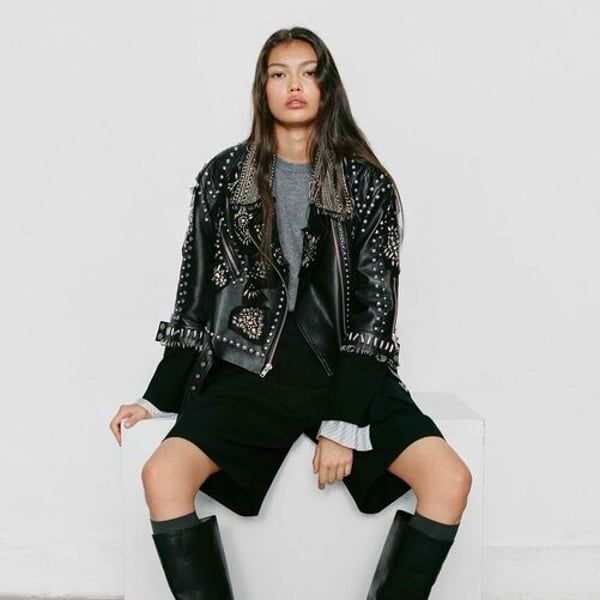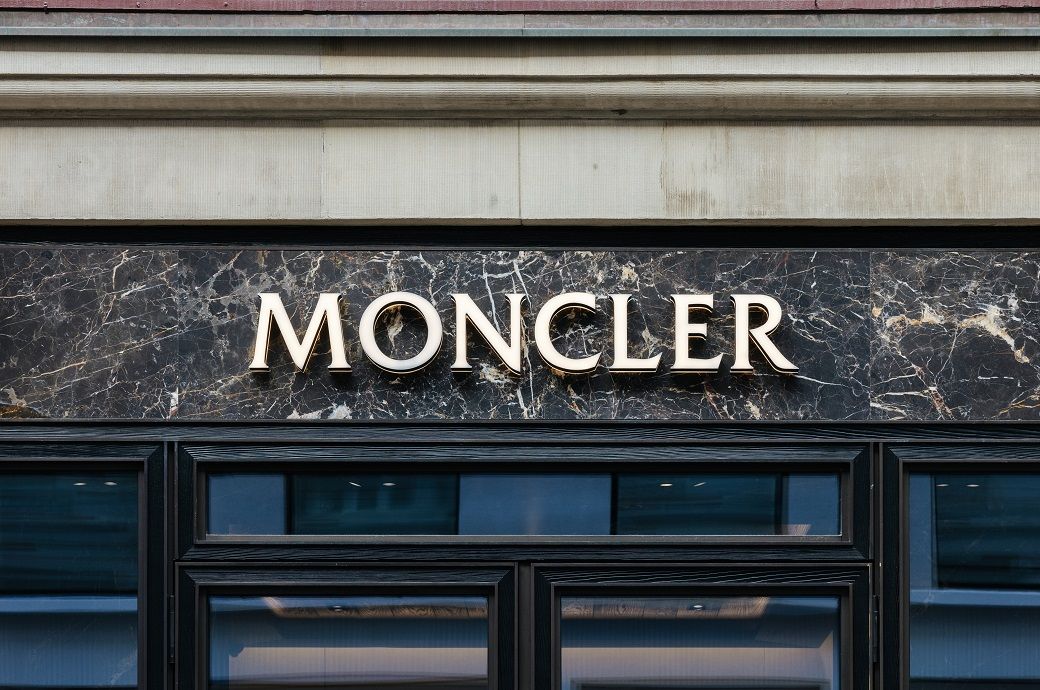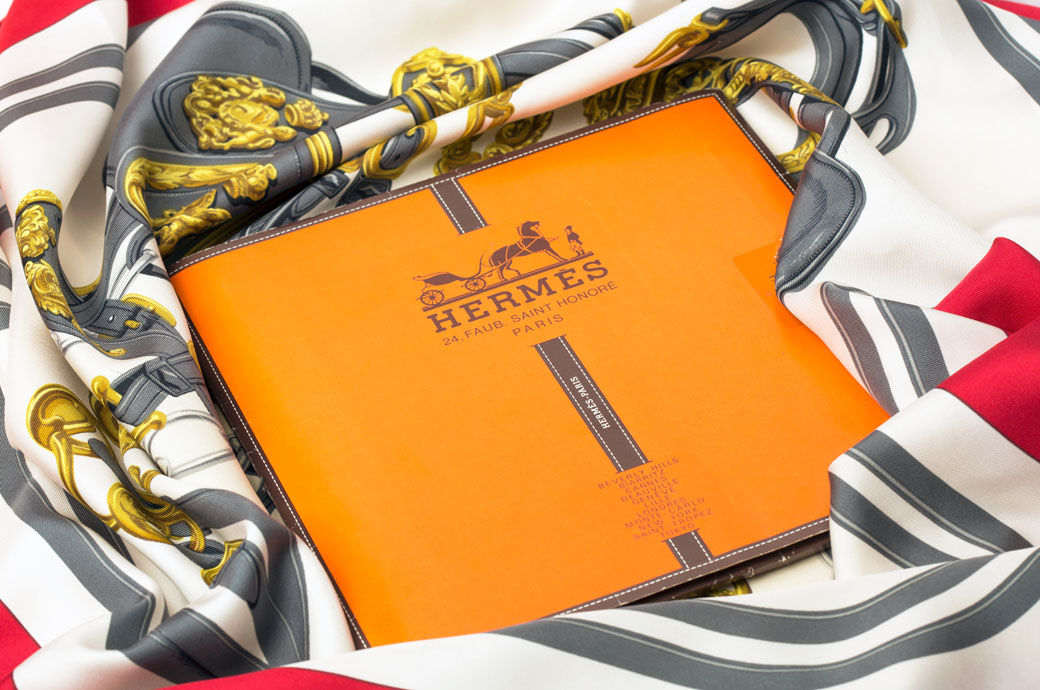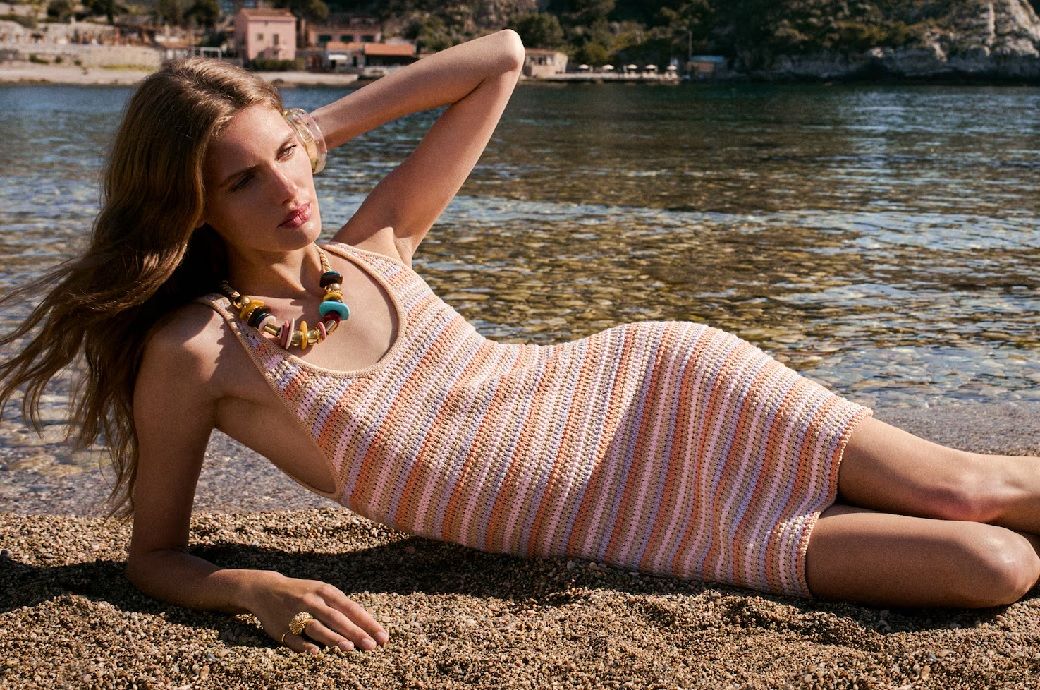By
Bloomberg
Published
March 1, 2024
For years, Inditex SA's Zara was behind luxury brands. The biggest names in fashion would launch new styles onto the runway, which the retailer would quickly interpret as a much lower price.
But as designer brands pushed up prices and the premium fashion sector came under pressure from the pandemic, major stores rushed to fill the mid-tier gap, and Zara is leading the charge. It now sells luxurious party wear and authentic suede jackets to rival those in more expensive boutiques.
Inditex's flagship brand has long been known for its affordable elegance. Its scale, combined with the fact that it manufactures around 60% of products near its headquarters in northern Spain, including factories in Portugal, Morocco and Turkey, meant it could deliver clothing and accessories within a fashion season per a fraction of the price. of catwalk styles.
Lately, however, Zara has been tapping into the shrinking so-called aspirational luxury market. Brands such as LVMH's Louis Vuitton, Kering SA's Gucci, independent British rival Burberry Group Plc and U.S.-based Ralph Lauren Corp. are moving upmarket, with prices to match. Meanwhile, the pandemic put enormous pressure on premium retailers such as the U.S.'s J. Crew and Gap Inc.'s Banana Republic, as well as European names such as Hobbs, owned by South Africa's Foschini Group Ltd, and Jigsaw, from private property, although both have recently been expanded again. This has widened the gap between ultra-high and ultra-low fashion, and Zara has stepped in.
Although average prices for Zara men's and women's clothing available online in the U.S. have increased just 1% compared to a year ago, they are 20% higher than in 2022, according to retail intelligence company Edited . This can be explained by the inflation of materials and transportation costs that affects all retailers. For example, H&M's average prices are 12% more expensive than in 2022, according to Edited.
But it also reflects the fact that Zara is expanding its range upwards. A limited-edition real leather collection, available on her website and in some brick-and-mortar locations, features a camel coat that costs $699 and a dress for $489. That's a far cry from the $30 peak prices the brand is known for. Sure, you can still find them (their popular $50 Marine jeans are a good example), but these days they'll probably appear alongside cashmere sweaters and silk dresses.
Fashion may also be influencing. The past year has seen a rise in understated luxury, including suits and outerwear made from premium materials, which tend to be more expensive. These types of garments, which require a focus on fabric and fit, are notoriously difficult for fast fashion retailers to emulate. But Zara's design and production skills surpass those of rivals such as H&M, Primark and Shein Group Ltd. Its store managers also tell head office what customers buy. So, as buyers demand fancier pieces, more are made.

Zara isn't the only one bridging the gap between high and low.
Cos, the minimalist brand owned by rival H&M Hennes & Mauritz AB, has a luxury Atelier collection, as does premium retailer Reiss, which is majority owned by Britain's Next Plc. Even cheaper chains are getting in on the action, with H&M's Studio range and Primark's Edit. Meanwhile, Abercrombie & Fitch Co. Chief Executive Fran Horowitz has repositioned the retailer's namesake brand from youth fashion toward refined essentials. This is paying off, with sales and the company's stock rising.
But among the traditional fast fashion group, Zara is one of the few with the authority to offer an alternative to higher-priced retailers, thanks to the design and production capabilities within its sprawling Arteixo headquarters.
Then there are Zara collaborations, like the current collaboration with Clarks, whose Wallabee shoes are making a comeback, and a collection last year with photographer Steven Meisel. Add in its strategy of closing smaller locations and opening larger ones, and shopping feels like a more premium experience. At a Zara in London's Battersea Power Station, separate rooms displaying shoes and underwear would not be out of place in a luxury department store.
For Inditex, which generates more than 70% of Zara's sales and profits, this reflects the continued evolution of the business rather than a deliberate strategy. But it is no coincidence that the rise has occurred since Marta Ortega Pérez, the 40-year-old daughter of Inditex's billionaire founder Amancio Ortega Gaona, became president in April 2022.
The approach is paying off. Unlike the super-rich, middle-class buyers in the United States and Europe are under pressure. As the big luxury groups see these customers shrink, it looks like they could be turning to Zara, along with sister brand and quiet luxury favorite Massimo Dutti.
After a period in which Inditex's sales growth slowed, amid fewer trends to chase and rivals revving up supply chains, followed by pandemic disruption, revenue is accelerating again. The company, which will report its annual earnings at the end of March, said in December that sales in the trailing six weeks were up 14%, while its full-year gross margin would rise by 0.75 percentage points compared to its expectation. earlier that it would remain stable. Shares hit a new high earlier this week.
But taking on luxury brands is not without risks. It was an advertising campaign for expensive jackets that sparked a backlash last year.
But the bigger danger is that Zara's positioning will alienate cost-conscious shoppers, particularly as ultra-affordable Shein expands ahead of a potential $90 billion IPO and as Associated British Foods' Primark Plc, is targeting the United States, Zara's second-largest market.
Inditex is committed to maintaining Zara's historical affordability. In fact, in a chic store in Chelsea, London, earlier this week, there was a display of flats priced at £22.99. But the brand can't afford to lose its focus on value, nor should its image become so sophisticated that it deters cash-strapped customers, even if it has the products to satisfy them. In addition to stylish runway-style photography showcasing its online collection, Zara needs to ensure that its more reasonably priced items also earn top billing.
This will be even more crucial if, as inflation eases and interest rates fall, aspirational buyers are tempted to return to their previous haunts. For now, that's still a ways off. Trading down is the latest trend getting the Zara treatment.

